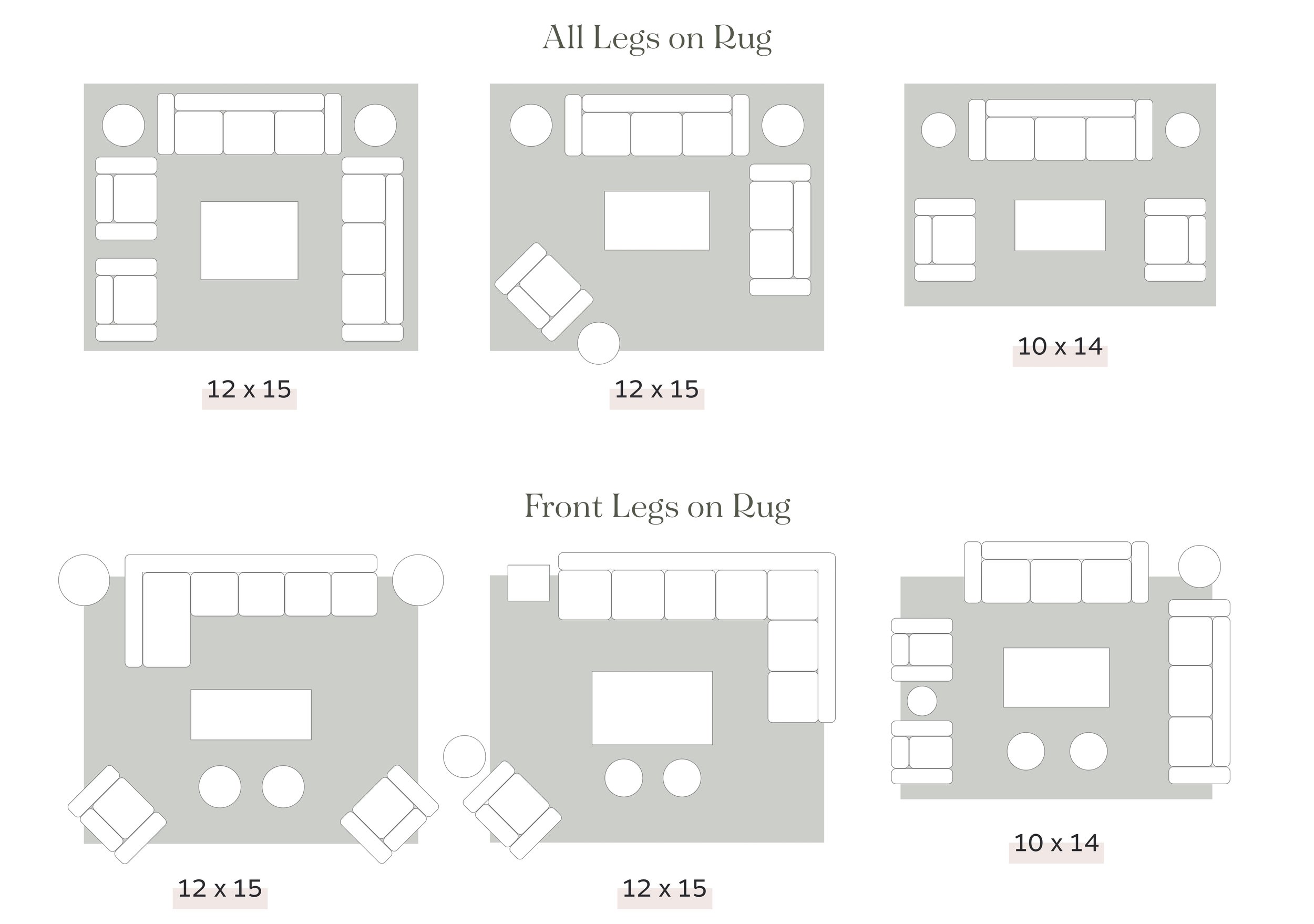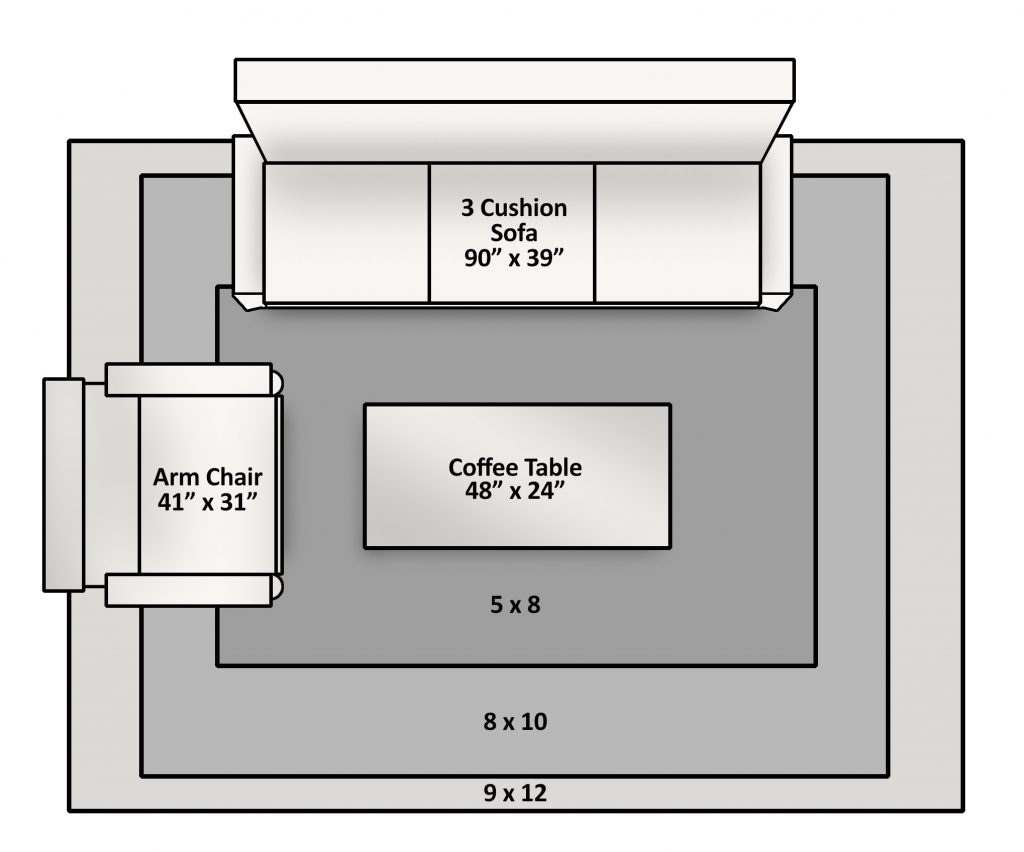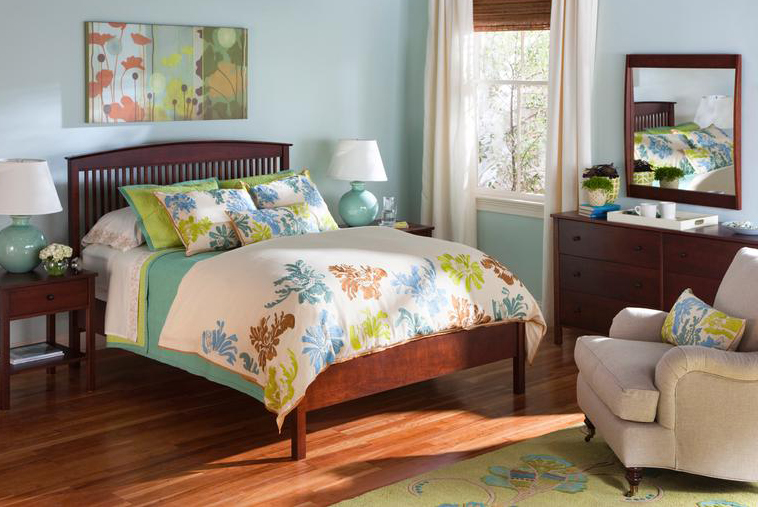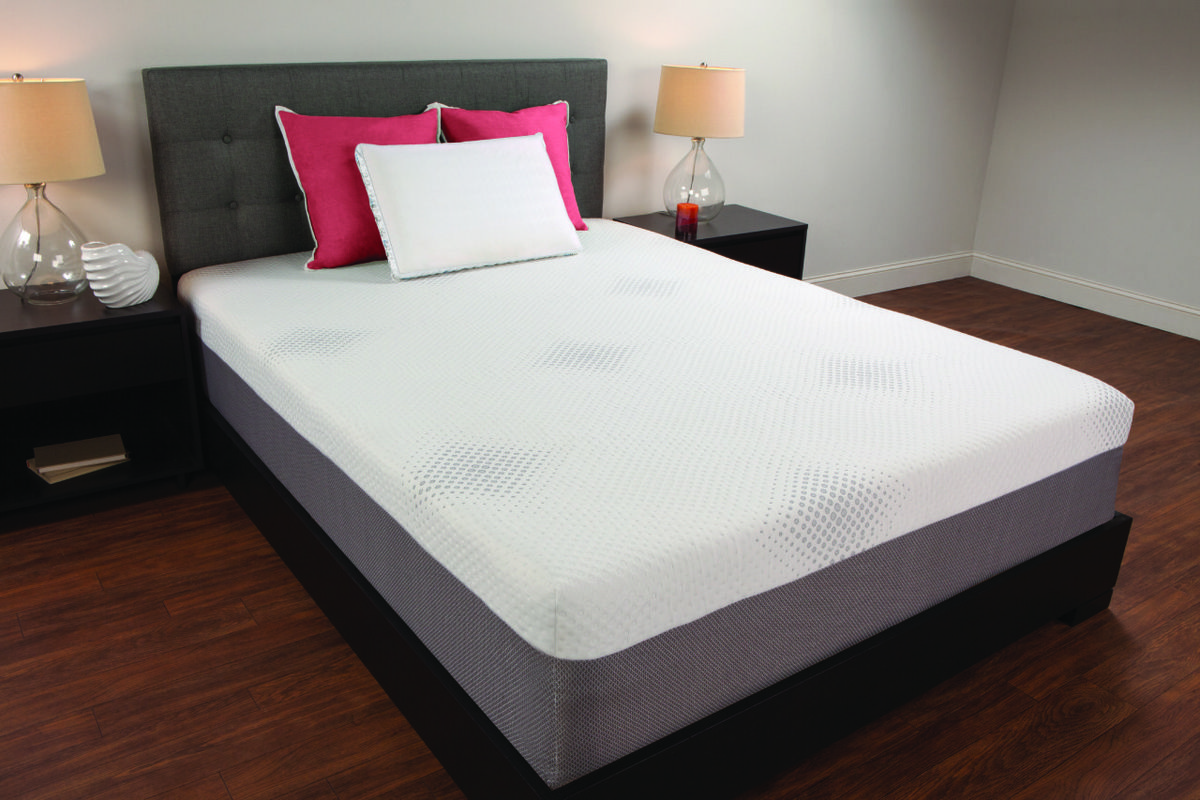If you’re in the process of decorating your home, you may be wondering whether your living and dining room rugs should match. While there are no hard and fast rules for interior design, coordinating your rugs can create a cohesive and visually appealing look. Here are some tips and ideas for matching rugs in your living and dining rooms.Matching Rugs for Living and Dining Rooms
One way to coordinate your living and dining room rugs is to choose rugs with similar colors or patterns. This will create a harmonious and unified look in your space. For example, if your living room rug has a geometric pattern in bold black and white, you can choose a dining room rug with a similar pattern or color scheme. Another option is to choose rugs with complementary colors. This means selecting colors that are opposite each other on the color wheel, such as blue and orange, or green and purple. This can add a pop of color and interest to your living and dining rooms while still maintaining a cohesive look.How to Coordinate Living and Dining Room Rugs
While matching your living and dining room rugs can create a cohesive look, it’s not necessary. If you prefer a more eclectic or bohemian style, mixing and matching rugs can add a unique and personal touch to your space. Just make sure to choose rugs that have a similar color scheme or style to tie the rooms together. Another factor to consider is the function of your living and dining rooms. If you use your living room as a more casual space for lounging and your dining room for more formal gatherings, it may make more sense to have different rugs in each room. This allows you to create different atmospheres and use different styles for each space.Should You Match Your Living and Dining Room Rugs?
When choosing matching rugs for your living and dining rooms, consider the size and shape of your furniture. Make sure the rugs are large enough to accommodate all of your furniture and leave some space around the edges. If you have a round dining table, consider a round rug to complement the shape. Additionally, think about the traffic flow in the rooms and choose rugs that will hold up to daily use. It’s also important to consider the materials of your rugs. While you may want a plush and cozy rug for your living room, a more durable and stain-resistant option may be better for your dining room. This will ensure your rugs can withstand spills and frequent use.Tips for Choosing Matching Rugs for Your Living and Dining Rooms
To create a cohesive look with matching living and dining room rugs, consider the overall style and aesthetic of your home. If you have a modern and minimalist space, choose rugs with clean lines and simple patterns. For a more traditional or formal style, opt for rugs with intricate patterns or classic designs. You can also create a cohesive look by using rugs with similar textures. For example, if your living room rug is a plush shag, choose a dining room rug with a similar texture to tie the rooms together visually.Creating a Cohesive Look with Matching Living and Dining Room Rugs
There are pros and cons to matching your living and dining room rugs, and ultimately, the decision comes down to personal preference. Some of the pros include creating a cohesive and visually appealing look, making your space feel more put together, and simplifying the decorating process. On the other hand, having matching rugs can also make your space feel too uniform and lack individuality. It can also limit your options when it comes to choosing rugs, as you may feel restricted to only selecting matching options.Pros and Cons of Matching Living and Dining Room Rugs
If you’re looking for design ideas for coordinating your living and dining room rugs, here are a few to consider:Design Ideas for Coordinating Living and Dining Room Rugs
Choosing the right size rugs for your living and dining rooms is crucial for creating a cohesive and functional space. As a general rule, your rug should be at least 6 inches larger than your furniture on all sides. This will help anchor the furniture and create a sense of balance in the room. In your dining room, make sure your rug is large enough for all of your chairs to fit comfortably when pulled out from the table. You should also leave at least 18 inches of space between the edges of your rug and the walls.How to Choose the Right Size Rugs for Your Living and Dining Rooms
If you’re not a fan of matching rugs, mixing and matching can be a great alternative. To make sure your space still feels cohesive, choose rugs with similar colors or styles. You can also incorporate a common element, such as a similar pattern or texture, to tie the rooms together. Another idea is to use a neutral rug in one room and a bold accent rug in the other. This will create a contrast and add interest to your space.Mixing and Matching Rugs in Your Living and Dining Rooms
Whether you choose to match or mix and match your living and dining room rugs, the goal is to create a unified and harmonious space. This can be achieved by choosing rugs that complement each other and tie the rooms together visually. Consider the overall style and function of the rooms, the size and shape of your furniture, and the color and texture of your rugs to create a cohesive and visually appealing space.Creating a Unified Space with Matching Living and Dining Room Rugs
Why Coordinating Rugs in Your Living and Dining Room is Key for a Beautiful Home Design

The Importance of Cohesive Design
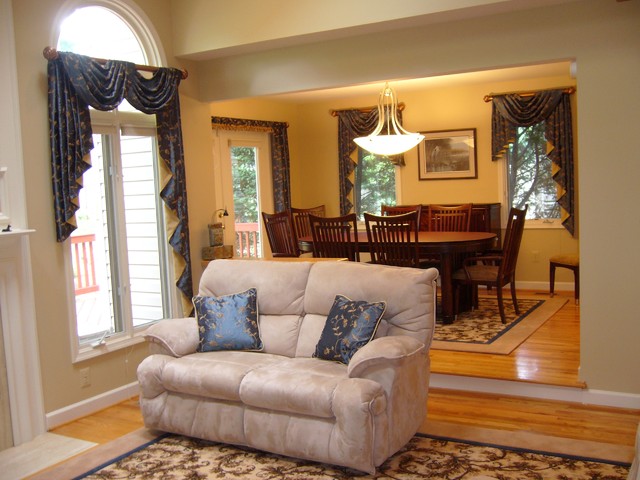 When it comes to creating a beautiful home design, every detail matters. From the color scheme to the furniture placement, every element plays a role in the overall aesthetic of a space. One aspect that often gets overlooked is the coordination of rugs in the living and dining rooms. Some may argue that having matching rugs is unnecessary or even tacky, but the truth is, coordinating rugs can elevate the design of your home in a major way.
Coordinating rugs
can bring a sense of cohesion and flow to your living and dining rooms. When the rugs in these rooms complement each other, it creates a seamless transition between the two spaces. This is especially important if your living and dining rooms are connected or open to each other. Without coordinating rugs, the rooms can feel disjointed and lack a sense of unity.
When it comes to creating a beautiful home design, every detail matters. From the color scheme to the furniture placement, every element plays a role in the overall aesthetic of a space. One aspect that often gets overlooked is the coordination of rugs in the living and dining rooms. Some may argue that having matching rugs is unnecessary or even tacky, but the truth is, coordinating rugs can elevate the design of your home in a major way.
Coordinating rugs
can bring a sense of cohesion and flow to your living and dining rooms. When the rugs in these rooms complement each other, it creates a seamless transition between the two spaces. This is especially important if your living and dining rooms are connected or open to each other. Without coordinating rugs, the rooms can feel disjointed and lack a sense of unity.
Balancing the Design
 Another reason why matching or coordinating rugs are important in the living and dining rooms is that they help balance the design. These two rooms are often the most used and seen by guests, so it's essential to create a harmonious and balanced look. A matching rug in both rooms can help tie the design together and create a sense of symmetry. This is especially important if your living and dining rooms have different styles or color schemes. Coordinating rugs can bring everything together and create a cohesive look.
Another reason why matching or coordinating rugs are important in the living and dining rooms is that they help balance the design. These two rooms are often the most used and seen by guests, so it's essential to create a harmonious and balanced look. A matching rug in both rooms can help tie the design together and create a sense of symmetry. This is especially important if your living and dining rooms have different styles or color schemes. Coordinating rugs can bring everything together and create a cohesive look.
Creating Visual Interest
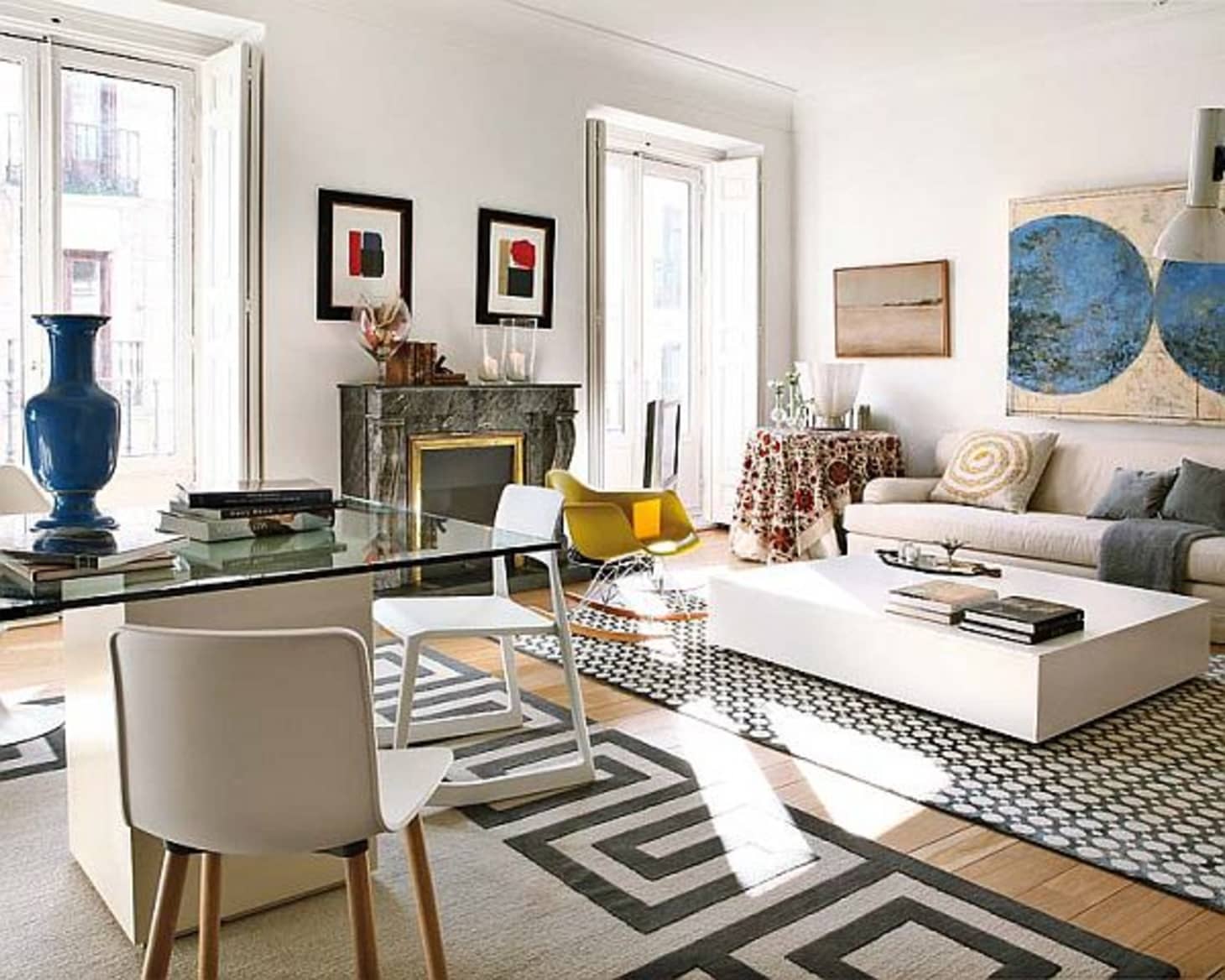 In addition to bringing cohesion and balance, coordinating rugs can also add a touch of visual interest to your home design. A matching or complementary rug in the living and dining rooms can act as a focal point and draw the eye in. This can be especially effective if your living and dining rooms have neutral or minimalistic designs. The rugs can add a pop of color or pattern, making the rooms more visually appealing.
In addition to bringing cohesion and balance, coordinating rugs can also add a touch of visual interest to your home design. A matching or complementary rug in the living and dining rooms can act as a focal point and draw the eye in. This can be especially effective if your living and dining rooms have neutral or minimalistic designs. The rugs can add a pop of color or pattern, making the rooms more visually appealing.
The Practical Side
 While aesthetics are crucial, let's not forget the practical side of coordinating rugs in your living and dining rooms. Having matching or complementary rugs in these high-traffic areas can help protect your floors from wear and tear. It's especially useful if you have hardwood or tile floors, which can be susceptible to scratches and damage. Rugs also provide a soft and comfortable surface for walking, sitting, and dining, making your home more inviting and cozy.
While aesthetics are crucial, let's not forget the practical side of coordinating rugs in your living and dining rooms. Having matching or complementary rugs in these high-traffic areas can help protect your floors from wear and tear. It's especially useful if you have hardwood or tile floors, which can be susceptible to scratches and damage. Rugs also provide a soft and comfortable surface for walking, sitting, and dining, making your home more inviting and cozy.
In Conclusion
/choose-dining-room-rug-1391112-hero-4206622634654a6287cc0aff928c1fa1.jpg) In conclusion, coordinating rugs in your living and dining rooms is more than just a matter of matching or not matching. It's about creating a cohesive, balanced, and visually appealing design that also serves a practical purpose. So the next time you're designing your home, don't overlook the importance of coordinating rugs in your living and dining rooms. Your home will thank you for it.
In conclusion, coordinating rugs in your living and dining rooms is more than just a matter of matching or not matching. It's about creating a cohesive, balanced, and visually appealing design that also serves a practical purpose. So the next time you're designing your home, don't overlook the importance of coordinating rugs in your living and dining rooms. Your home will thank you for it.

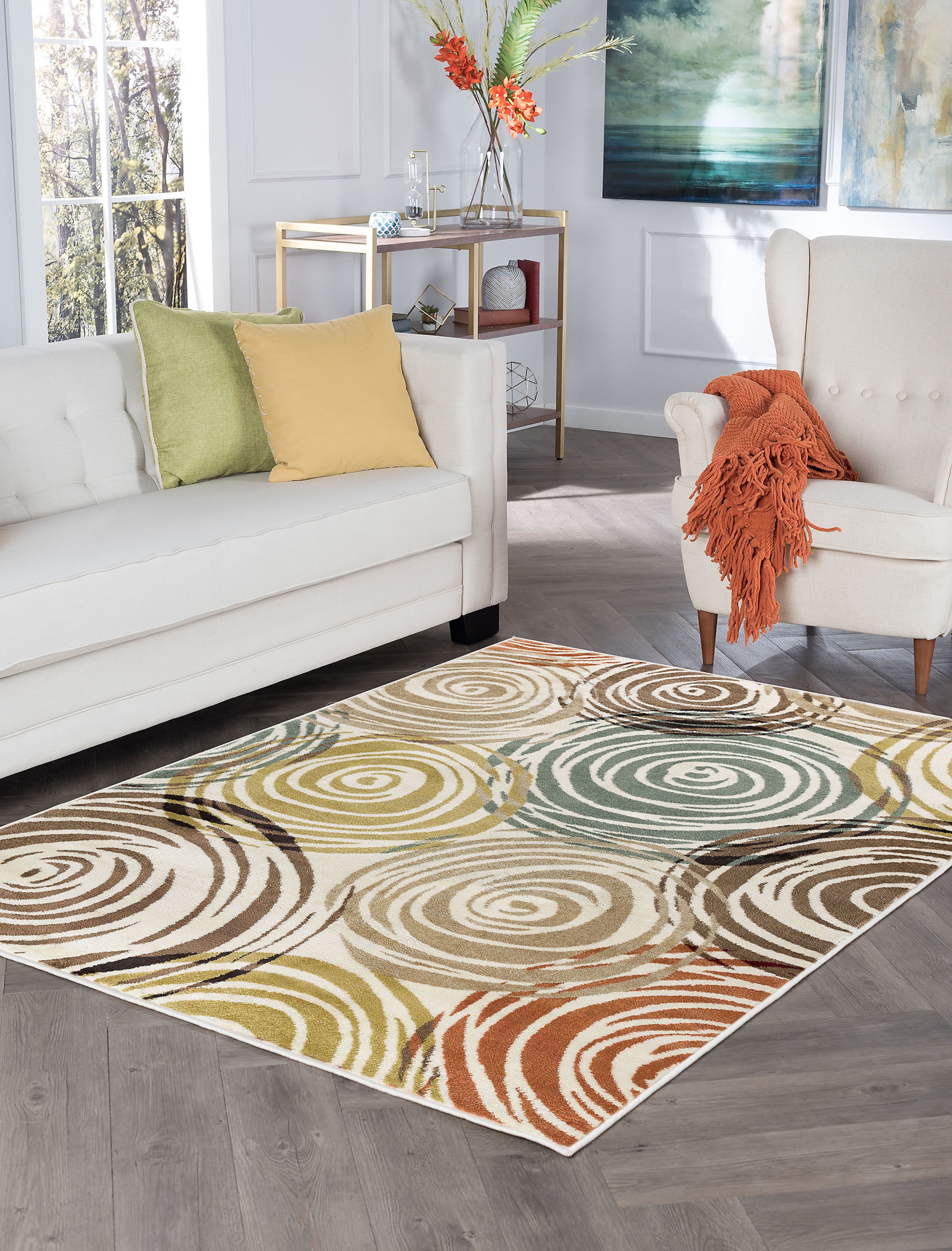




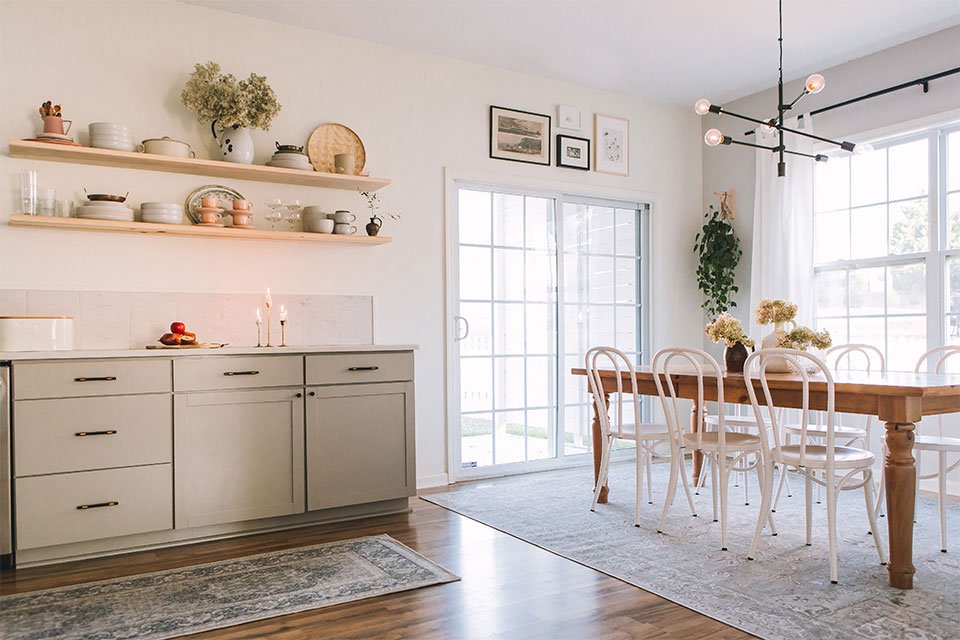

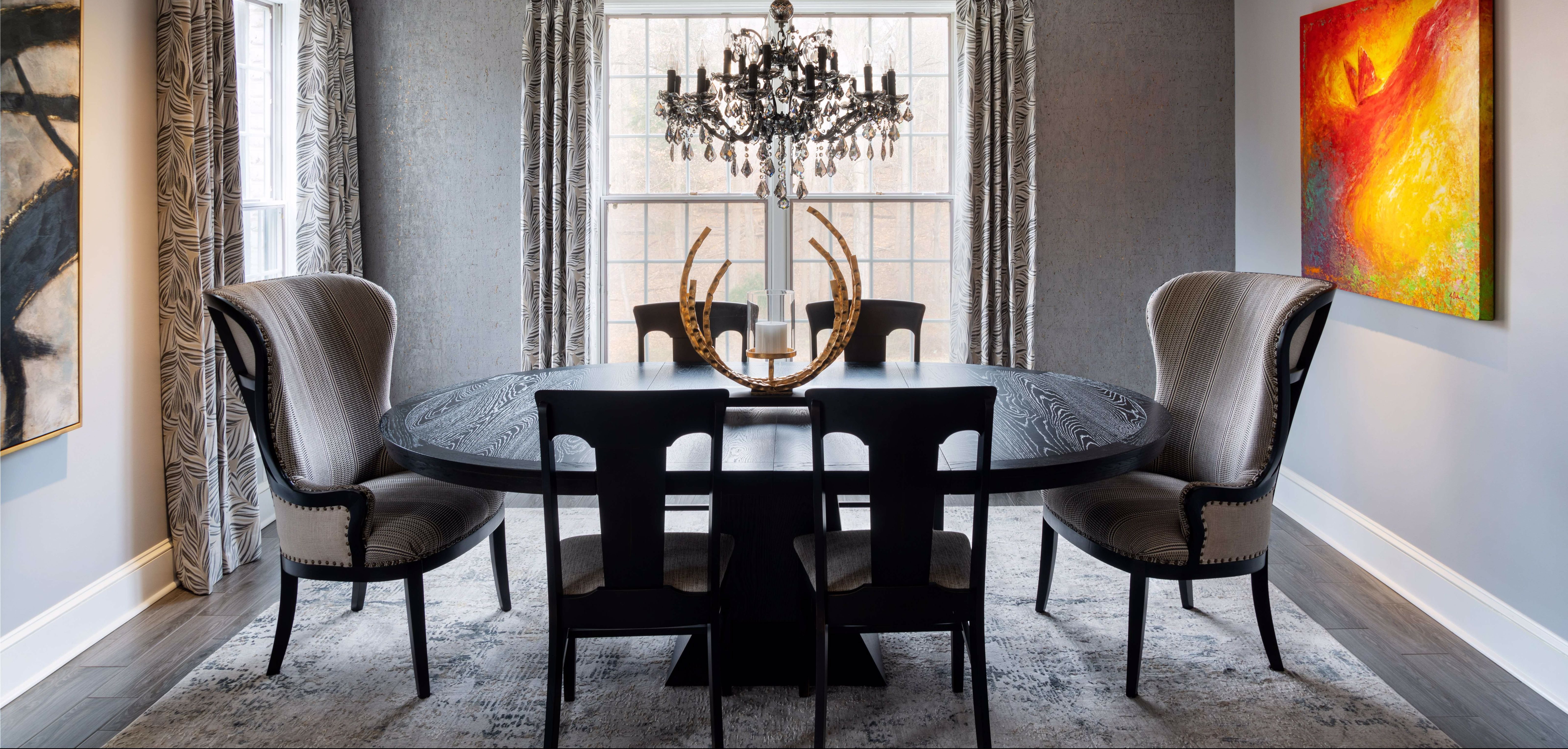
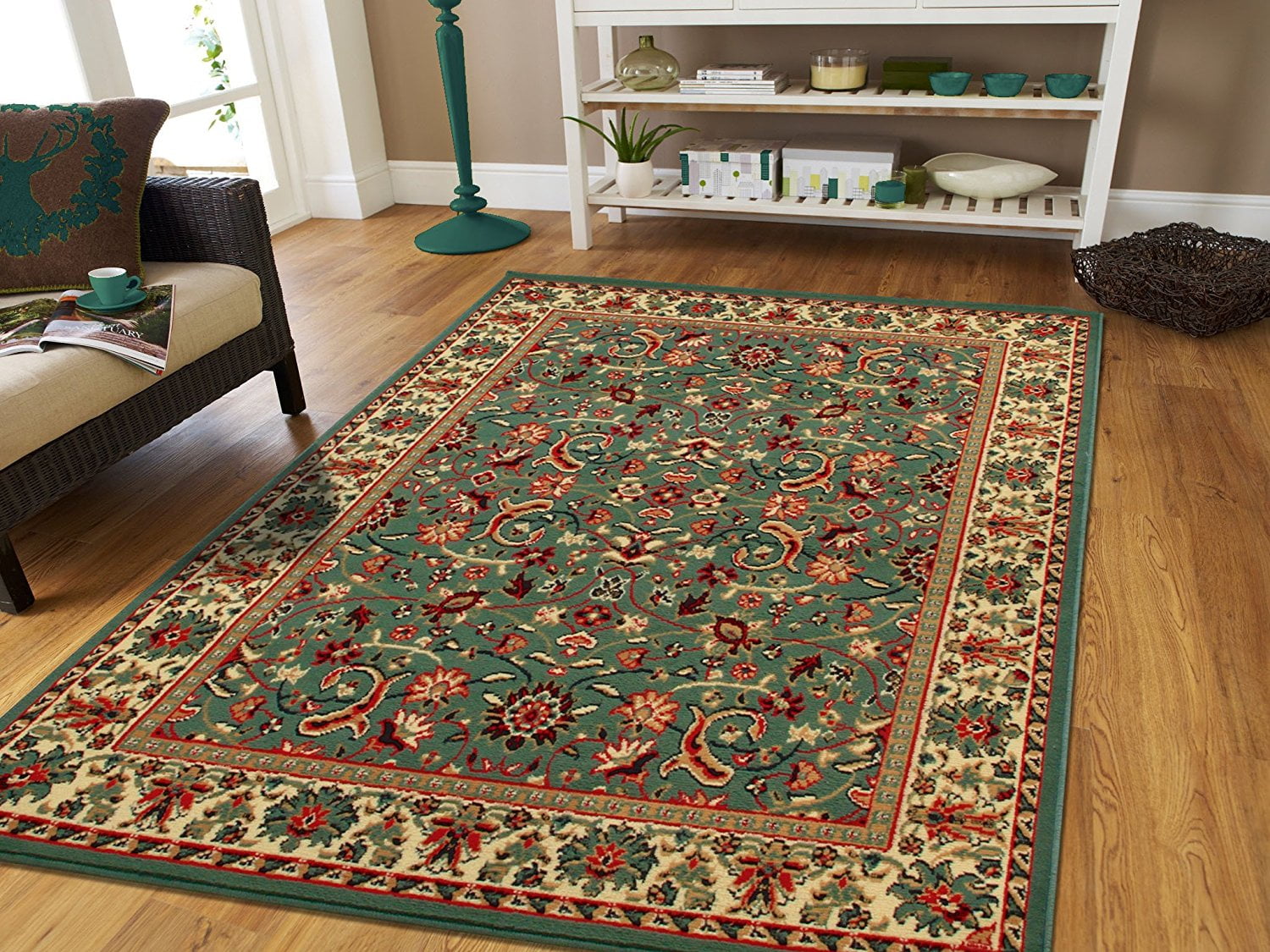
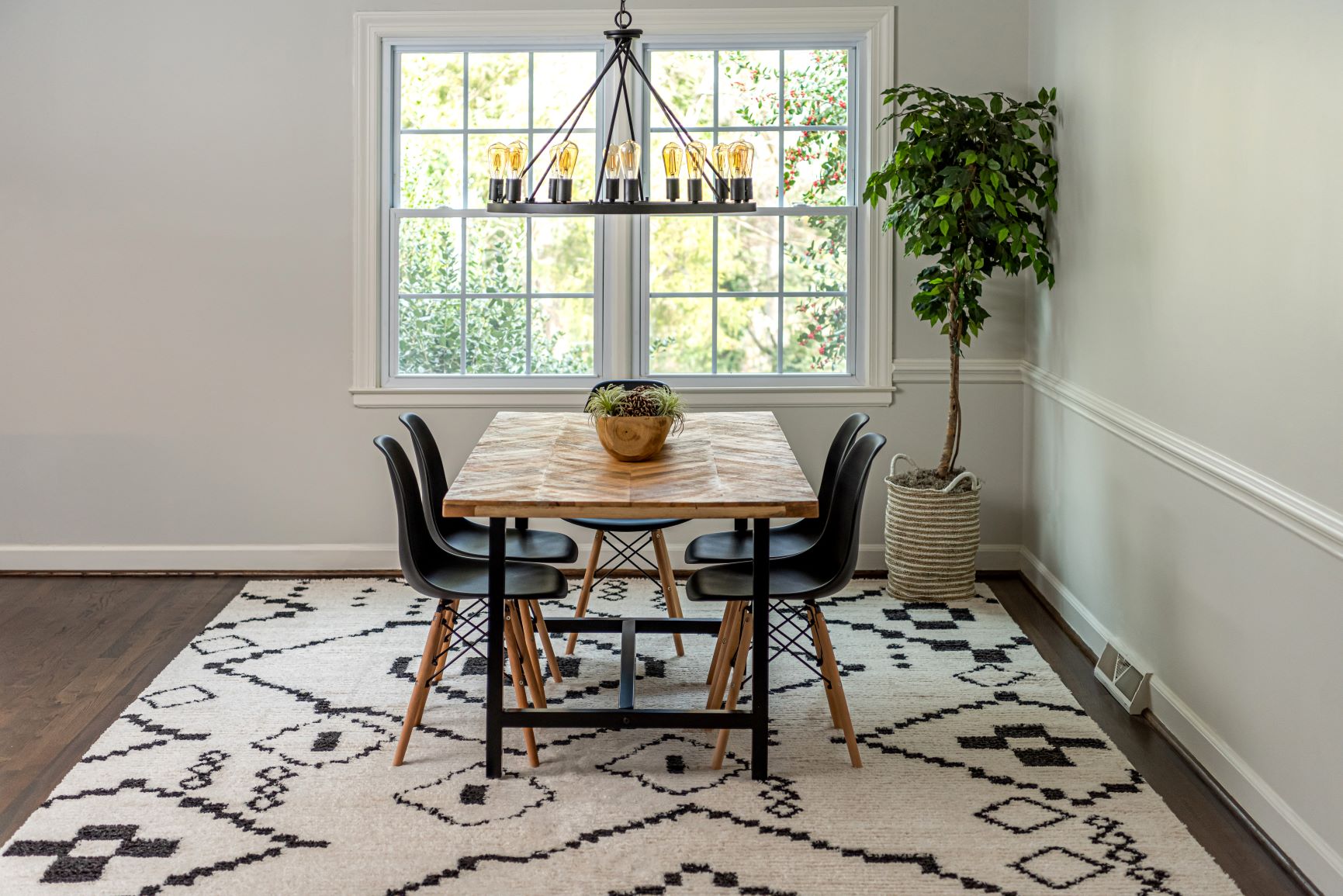












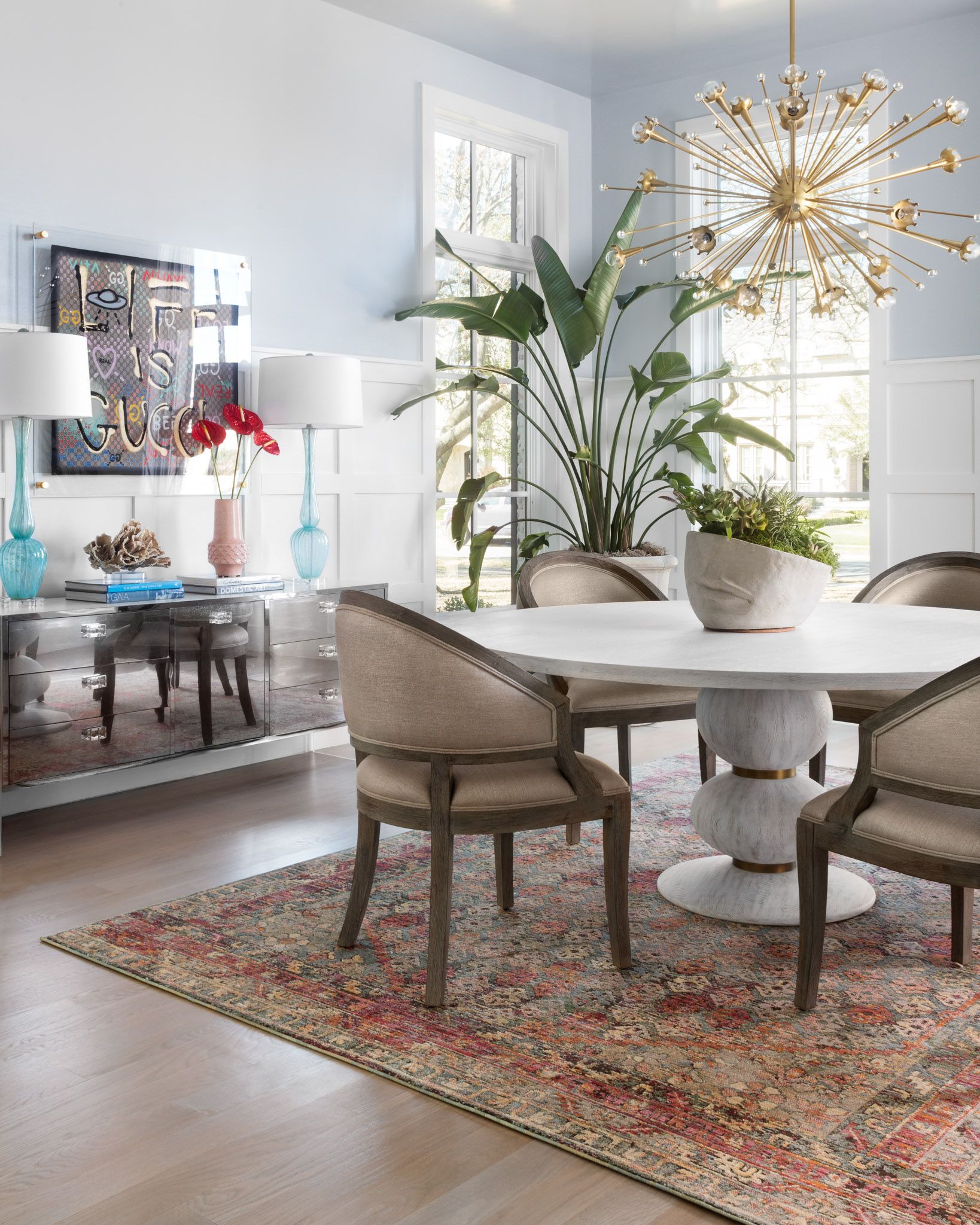

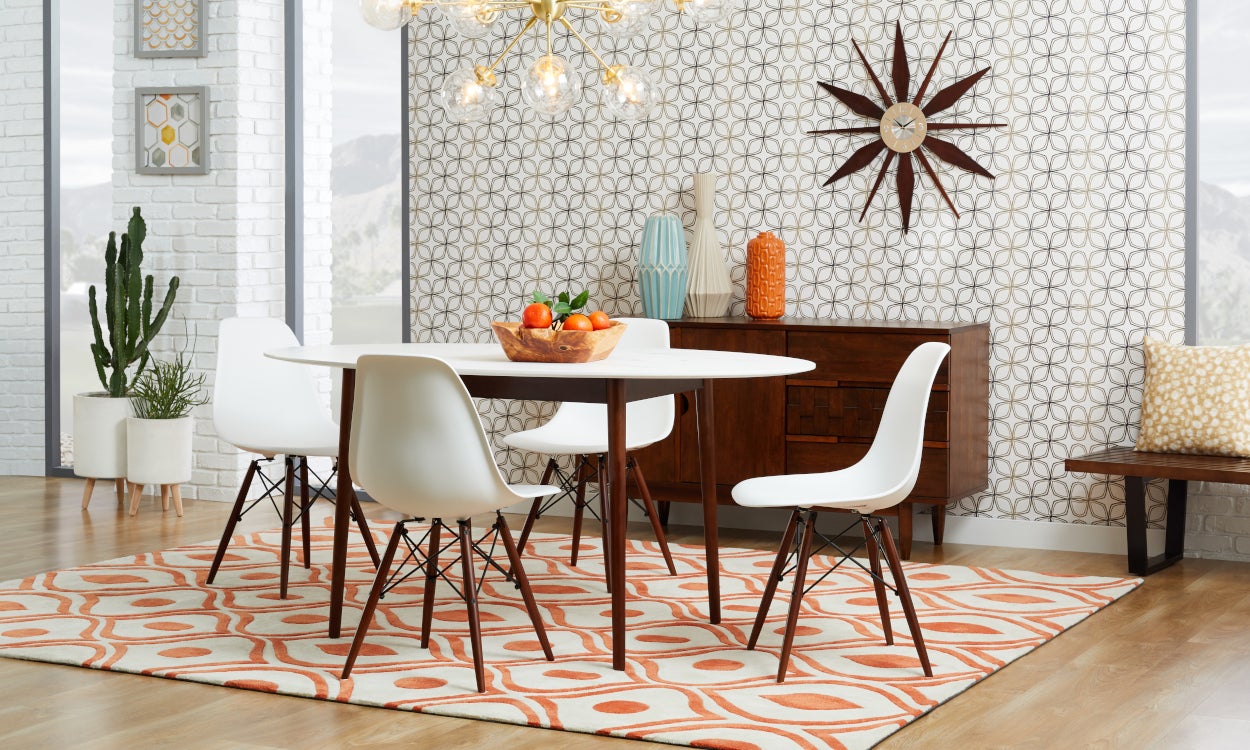

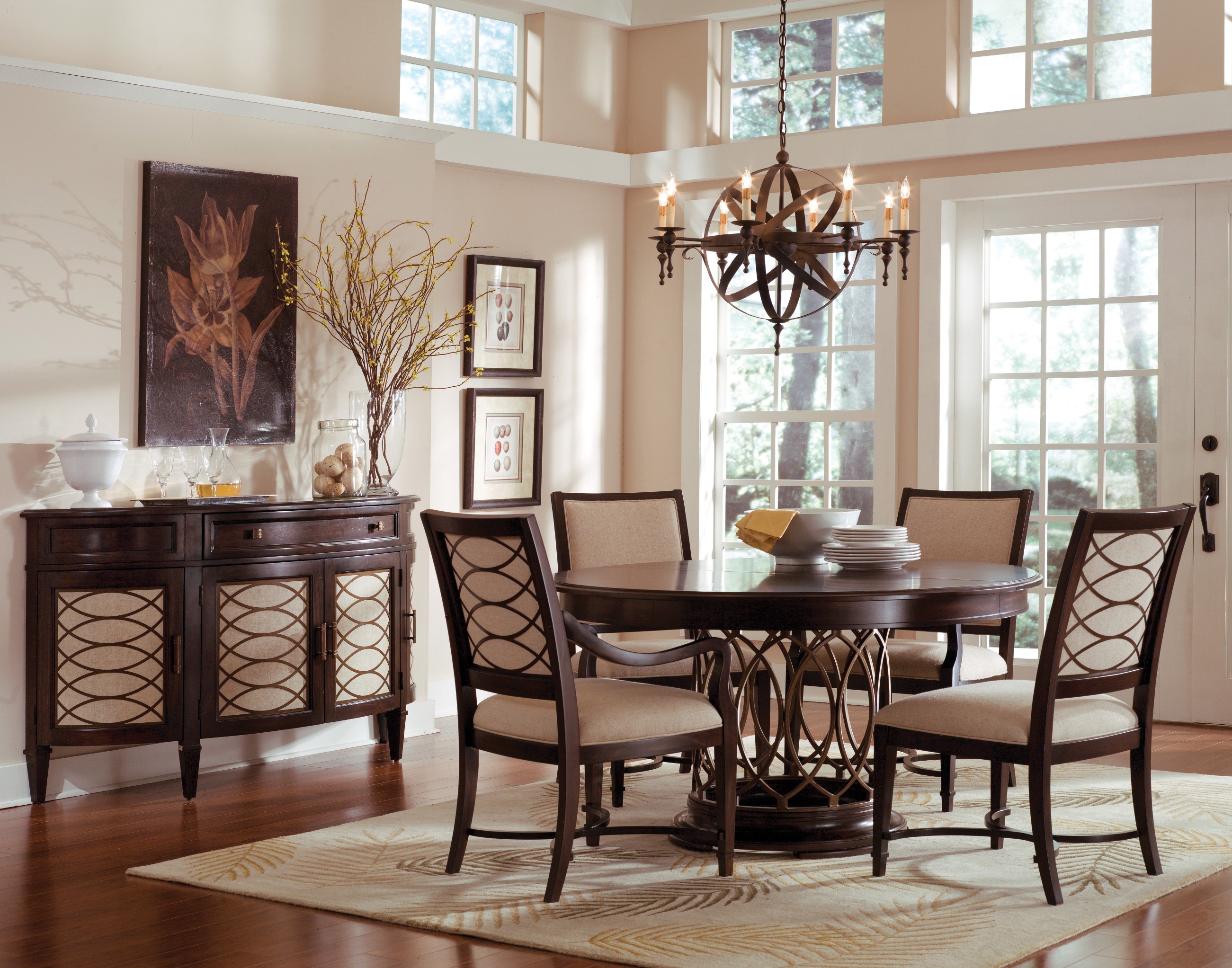
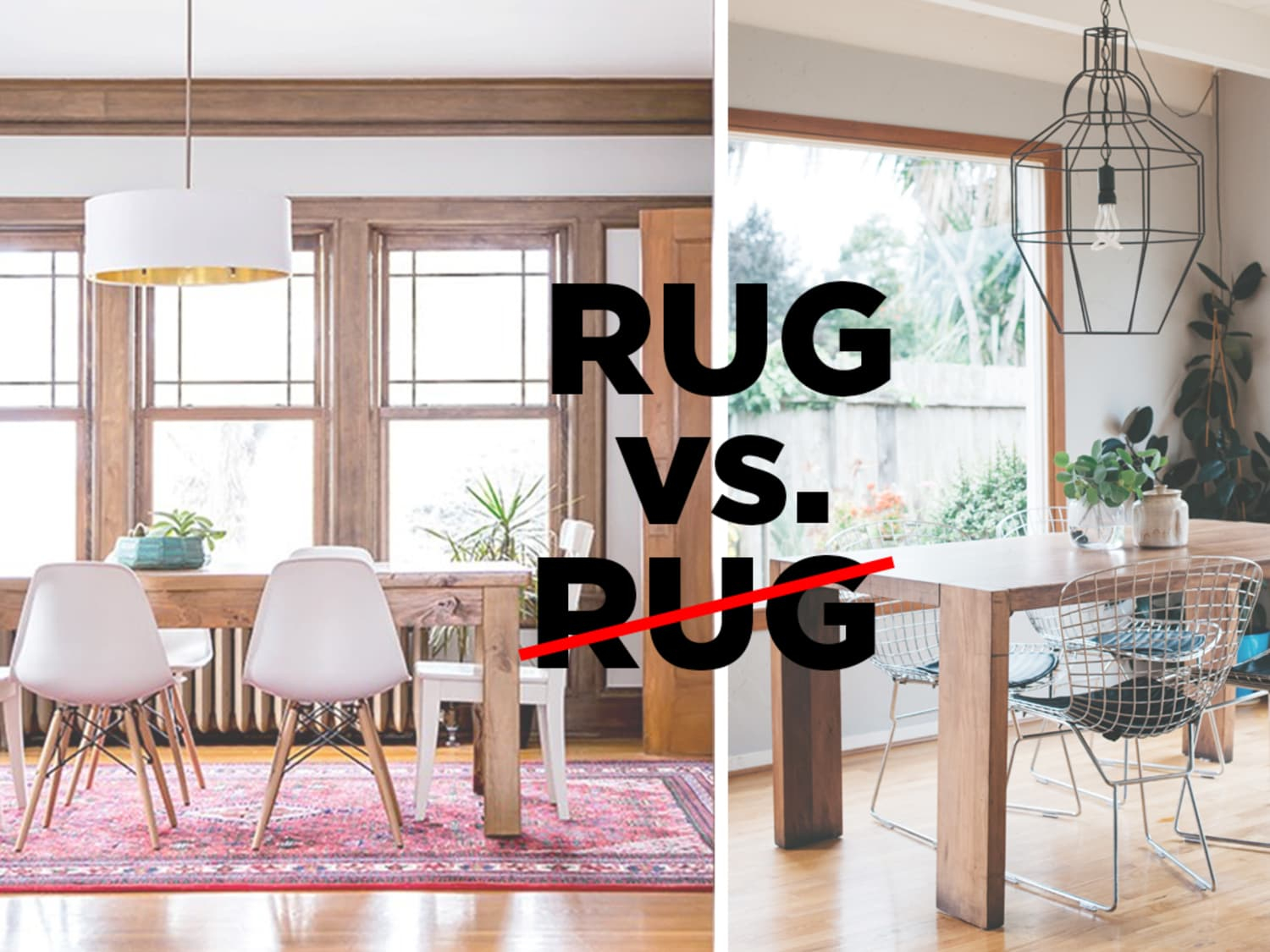






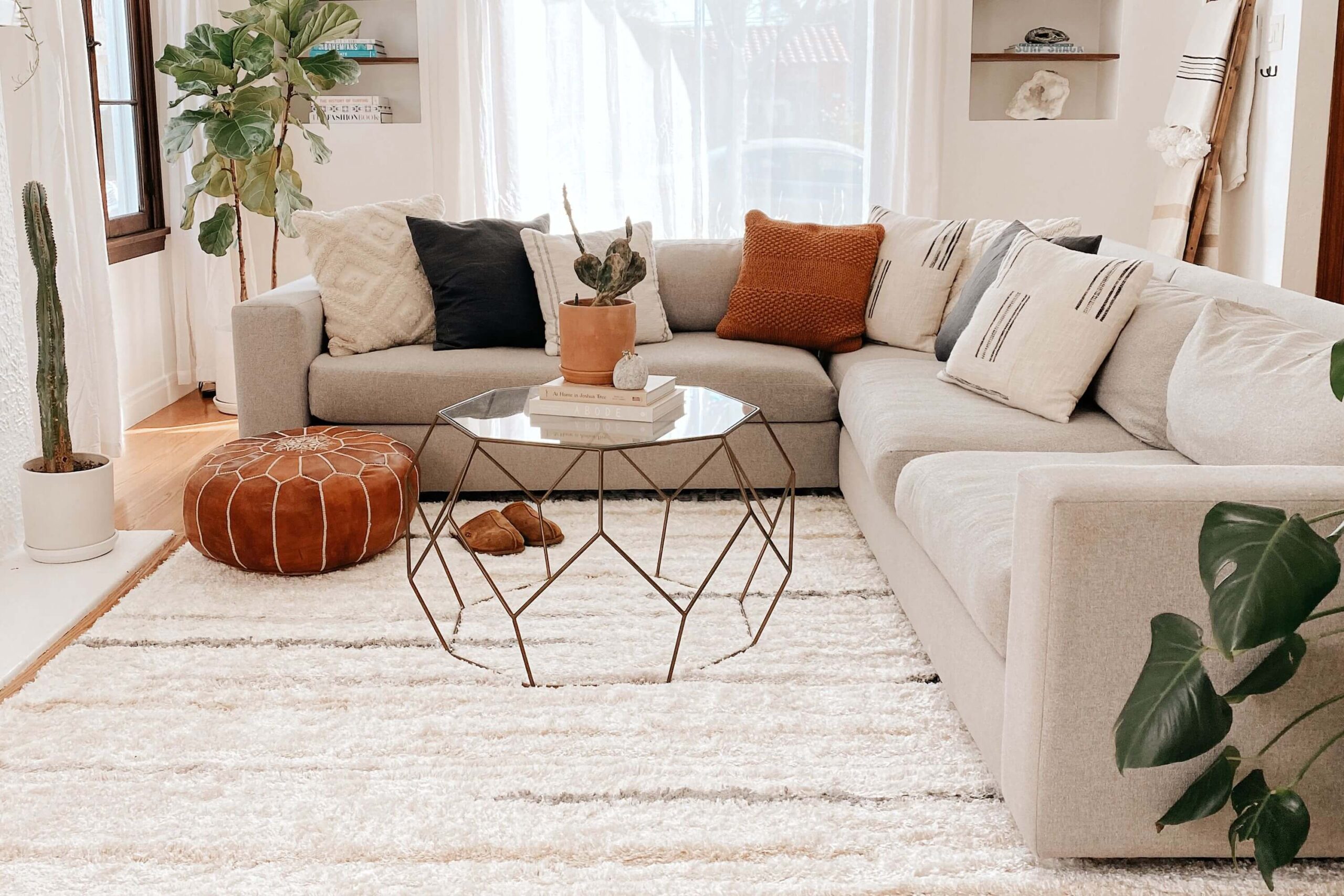
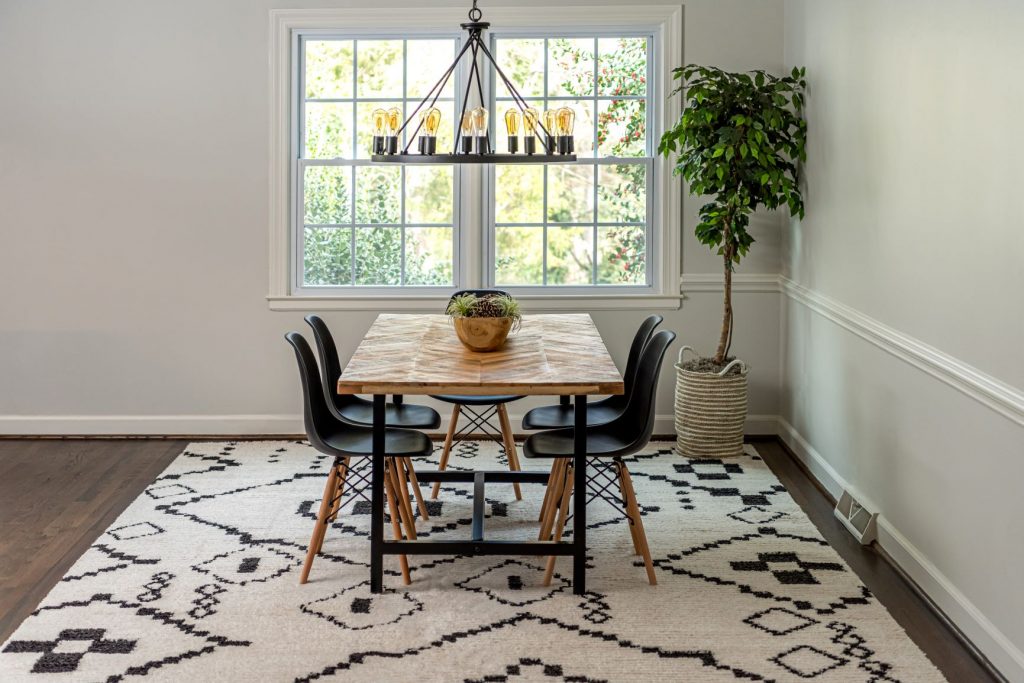







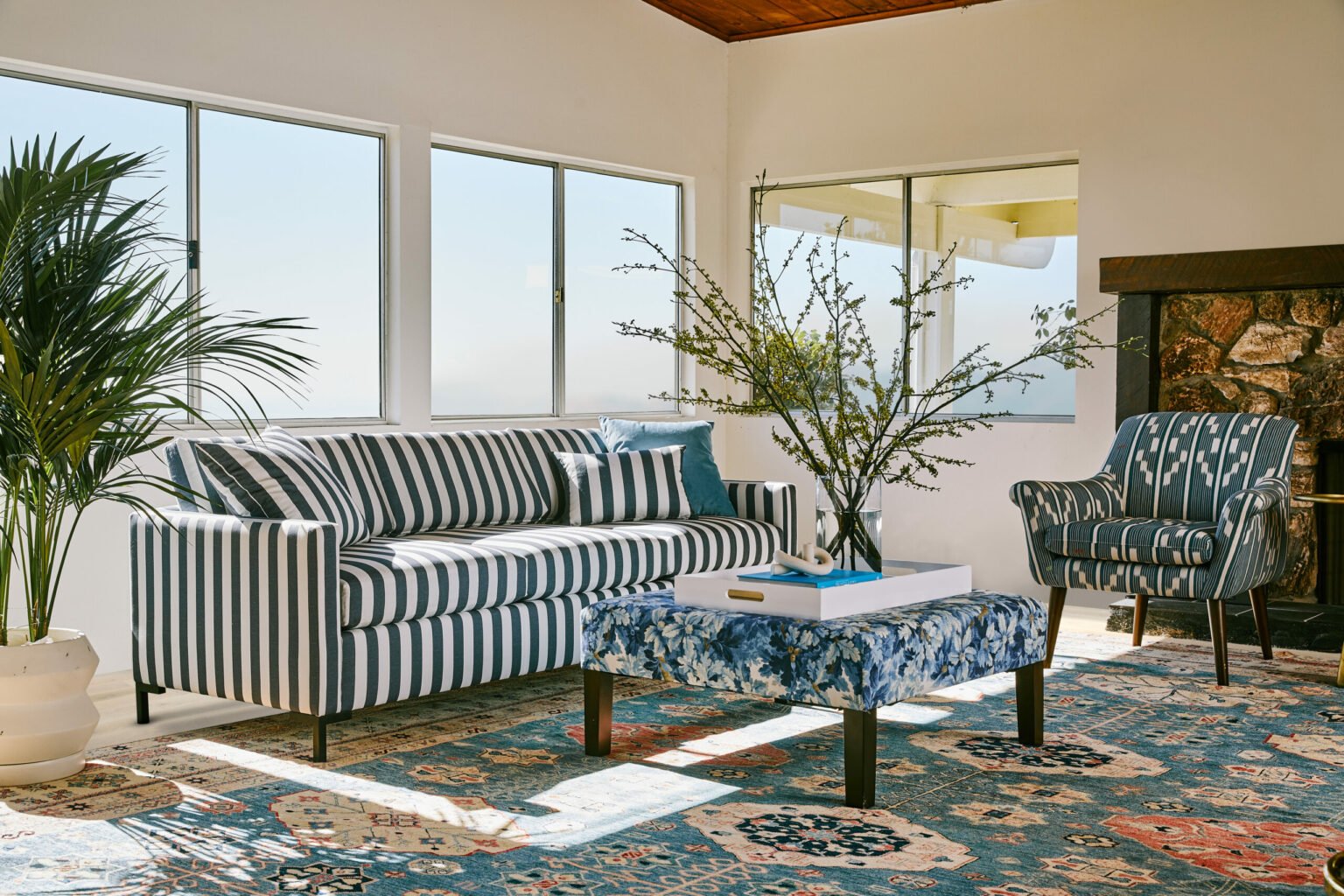



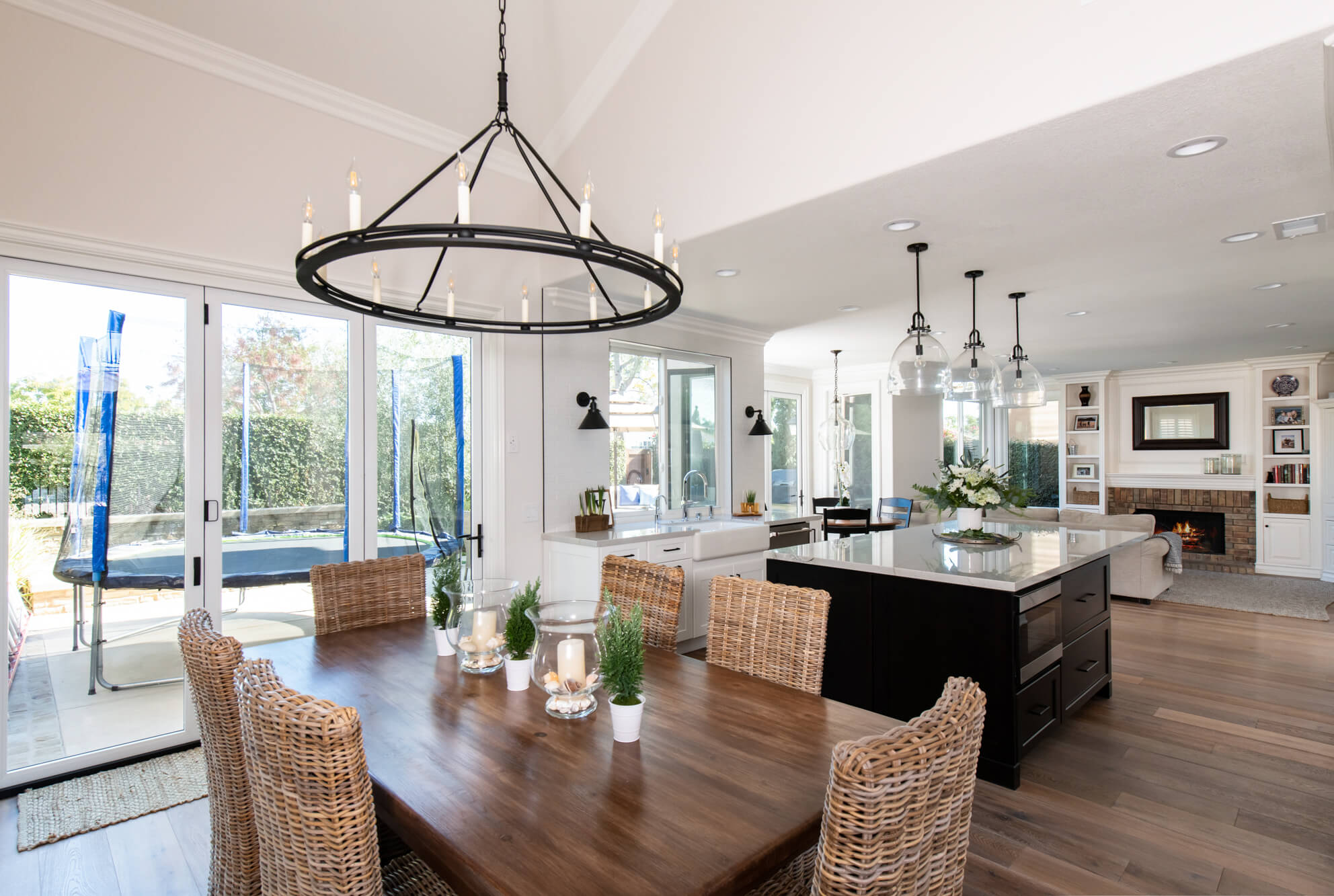


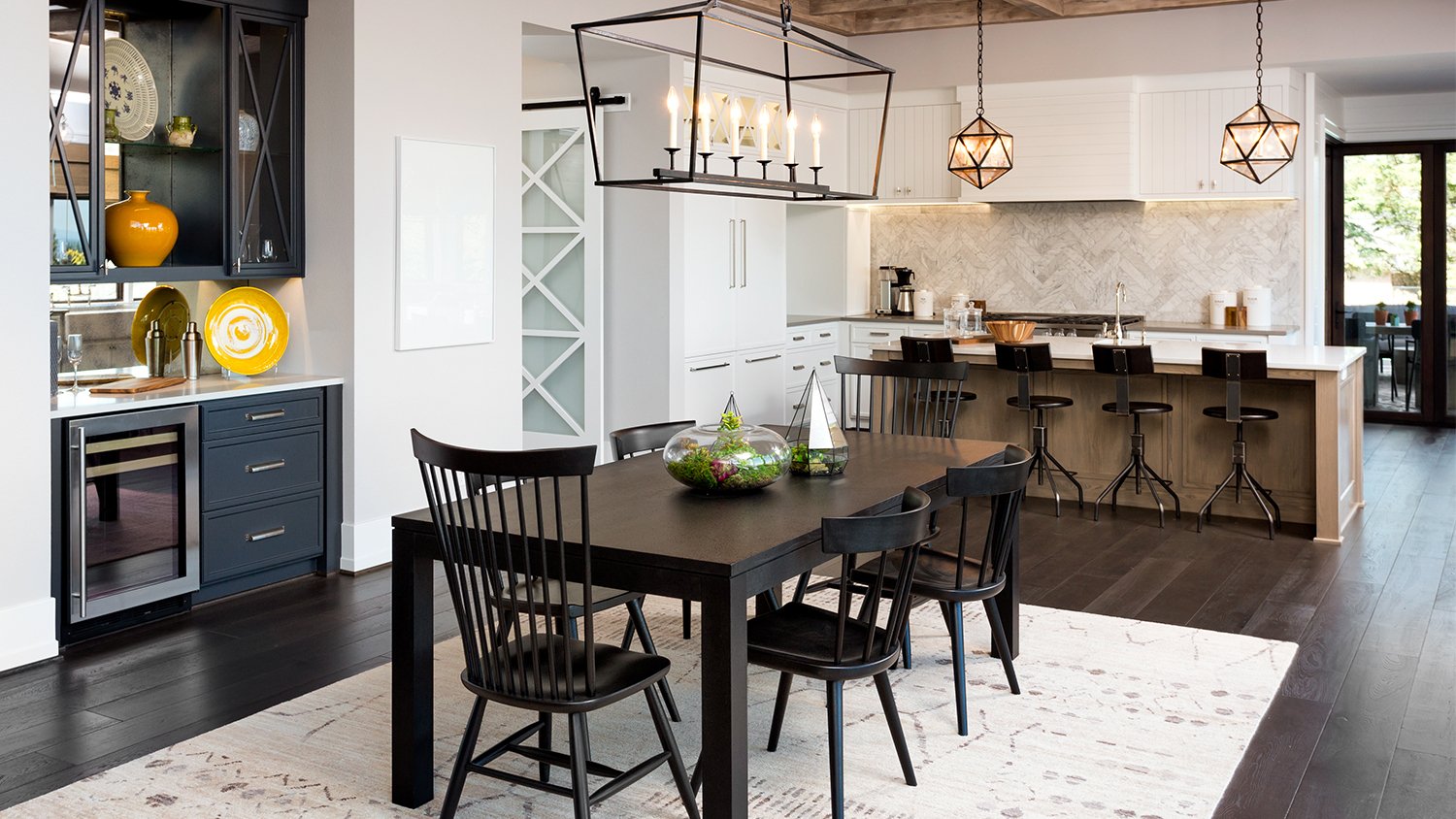
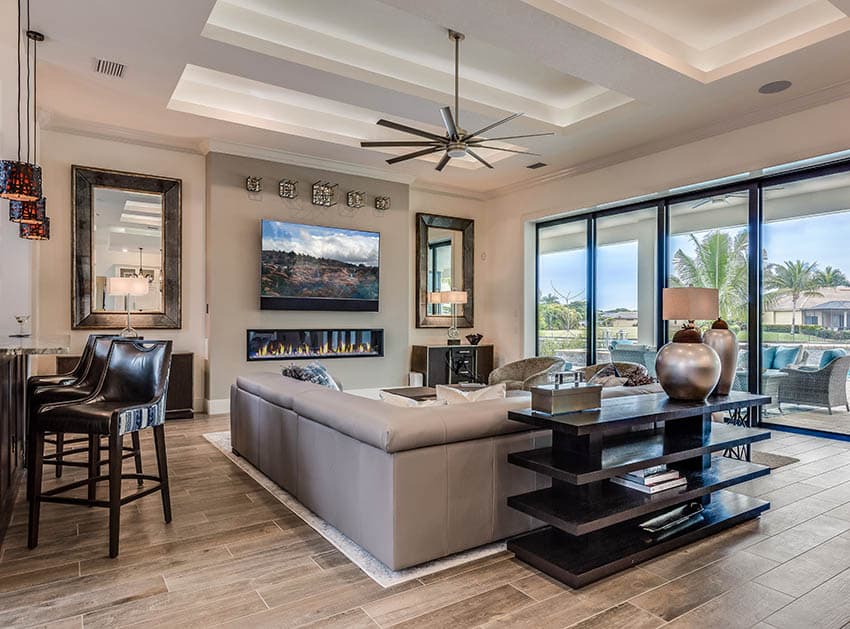
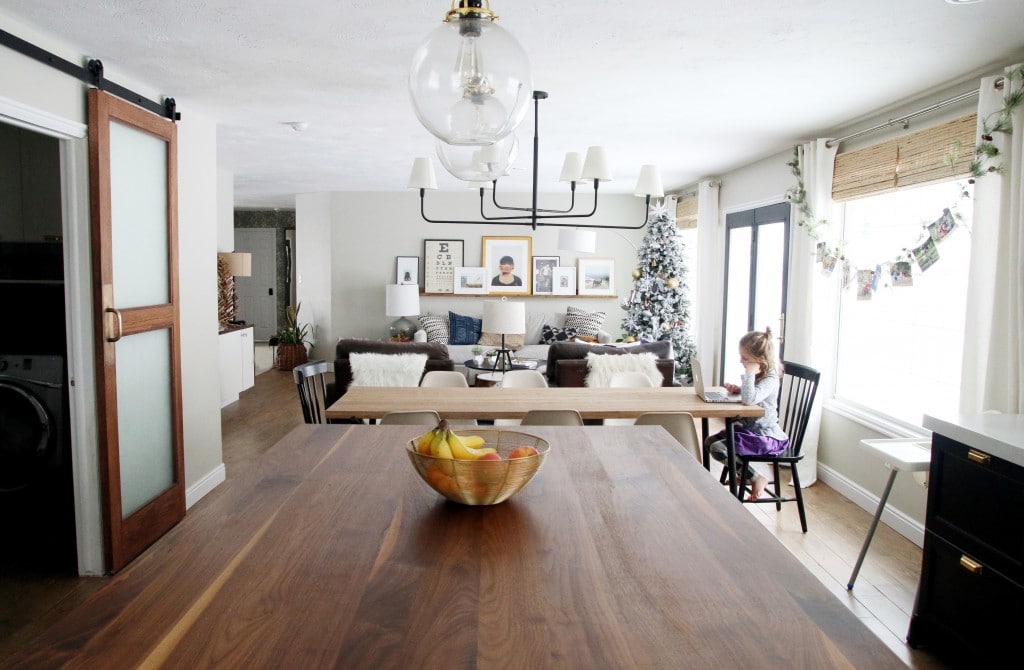
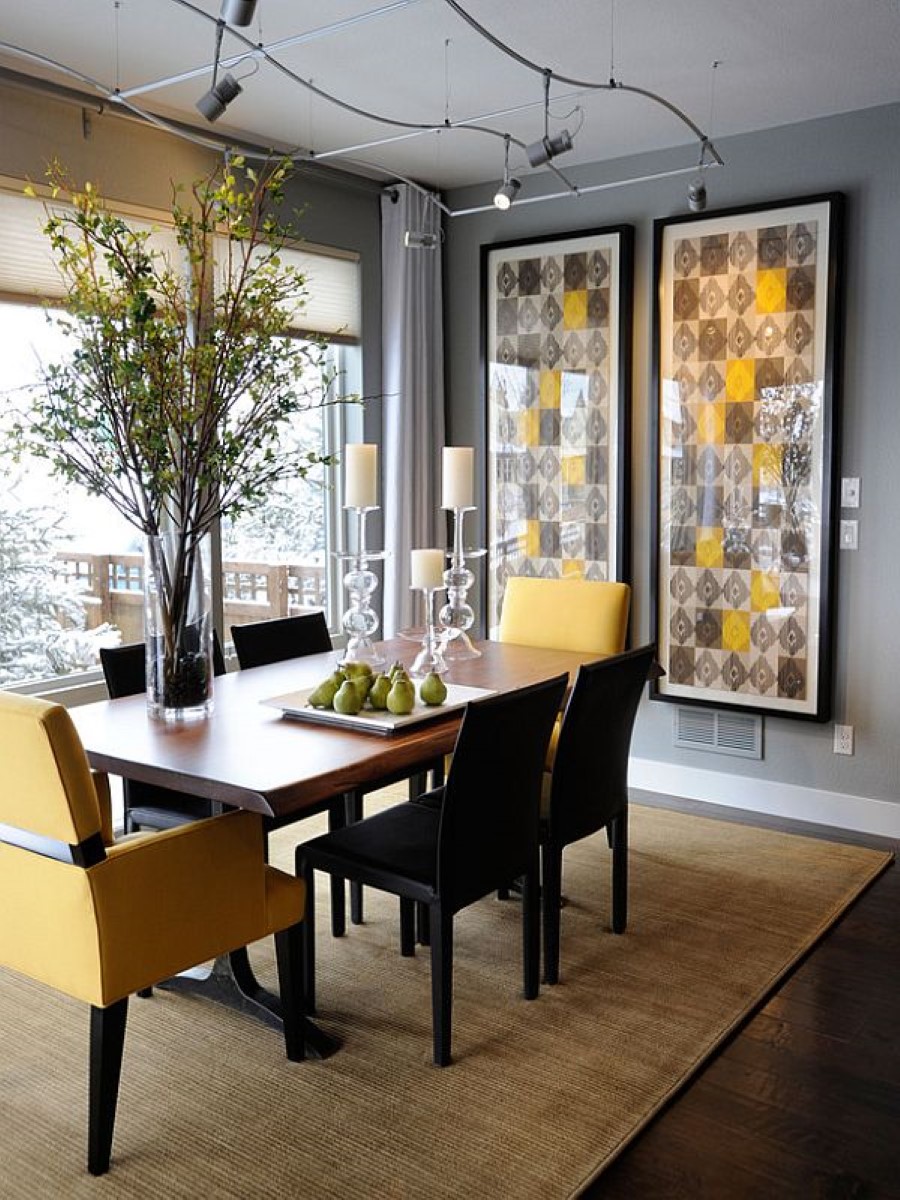
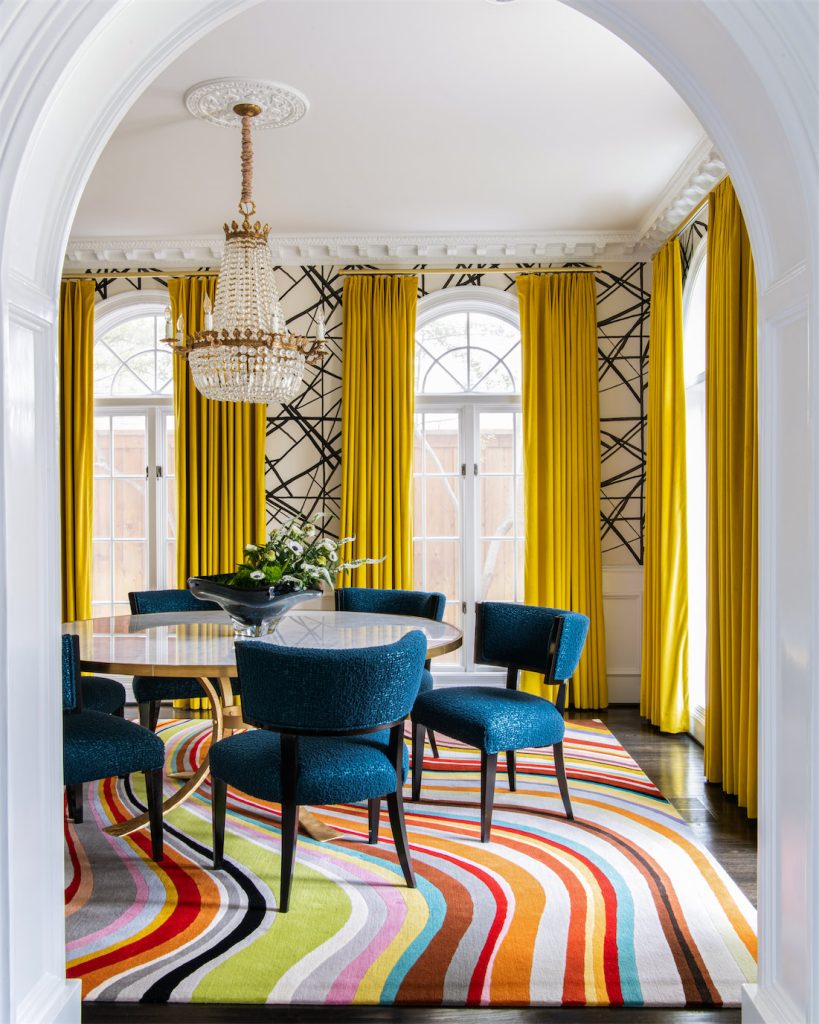



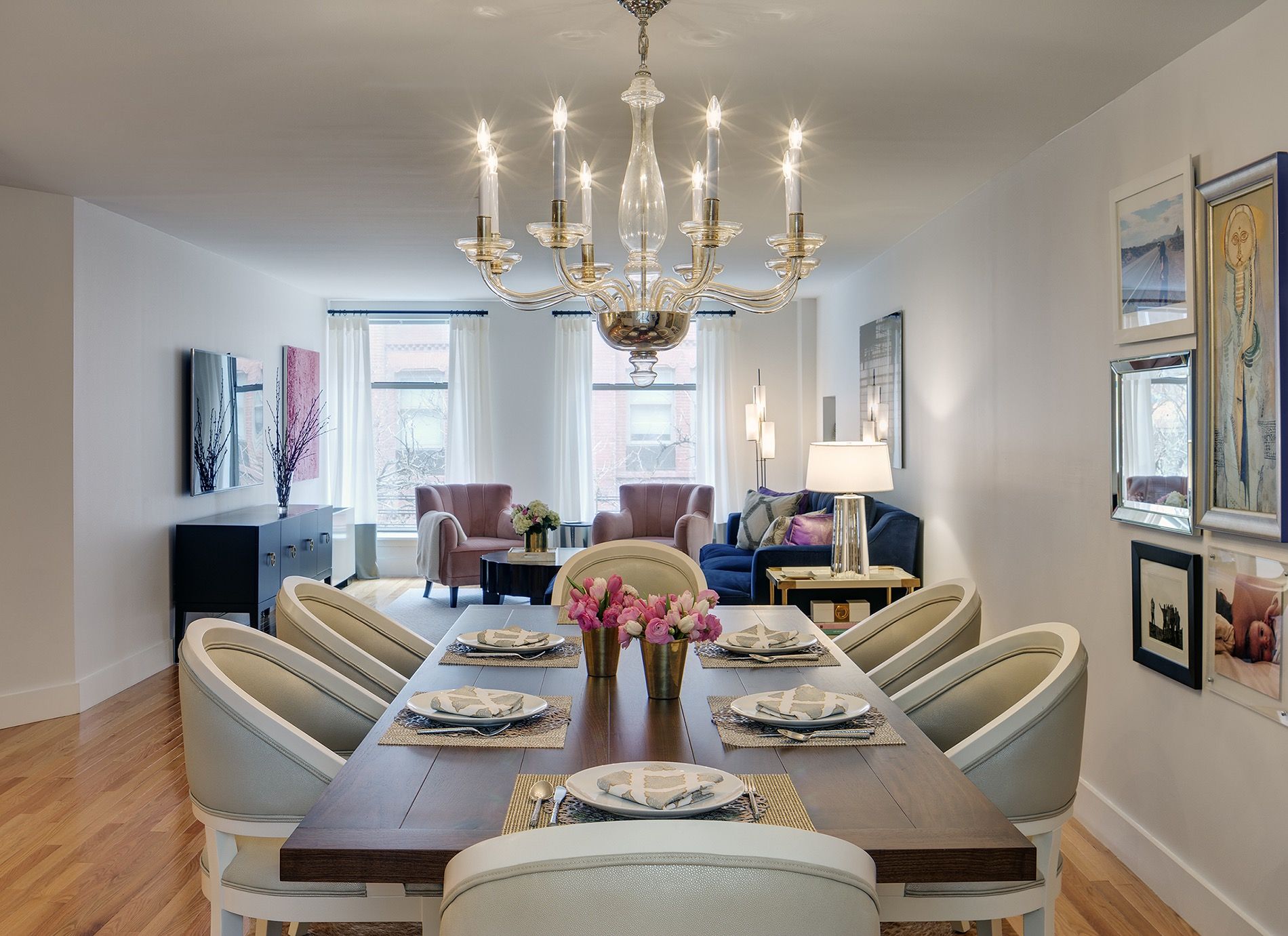
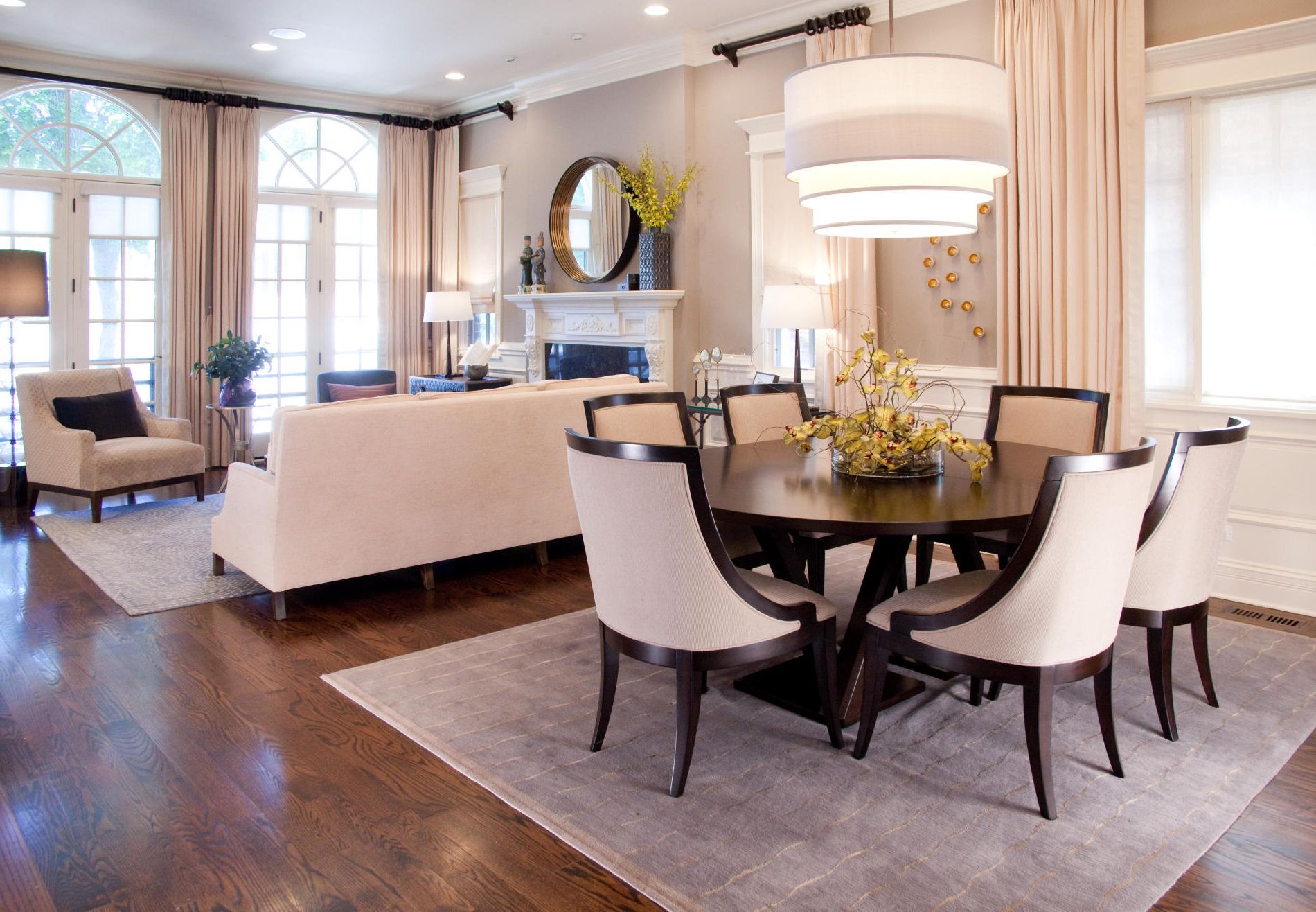





/AmyCooper-MarcellaAlanAfter1-5bef478326874b728b526bac19649802.jpg)
